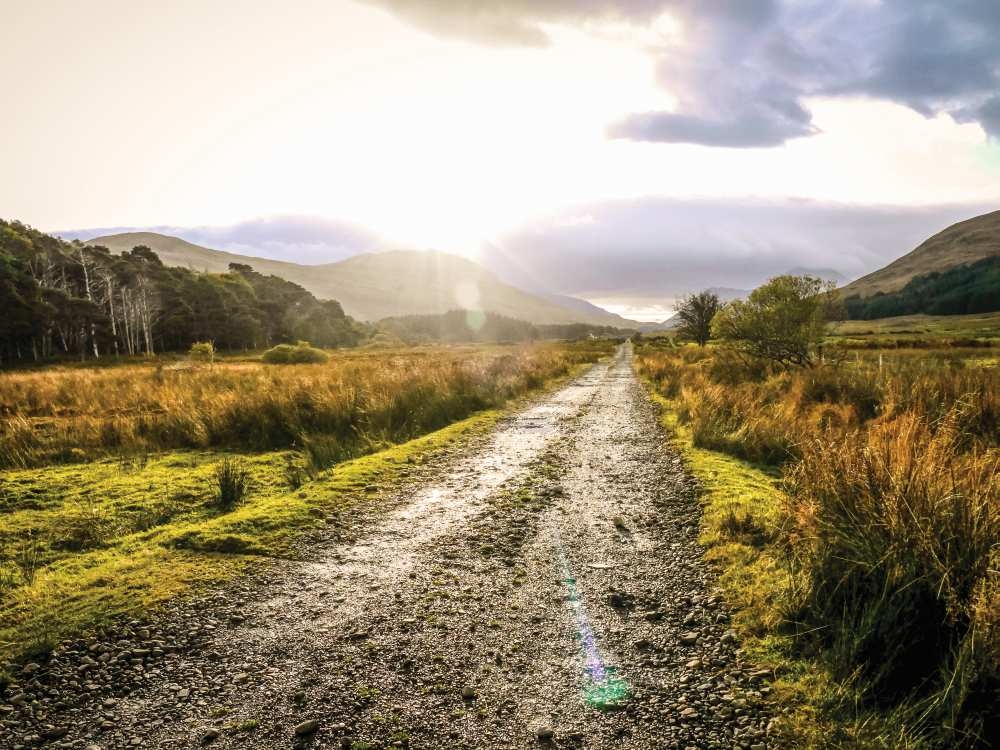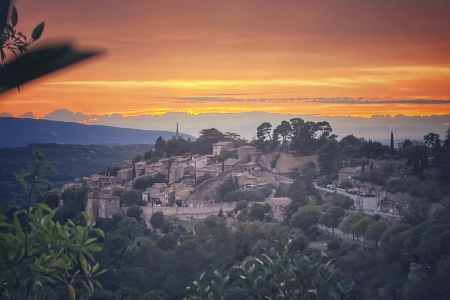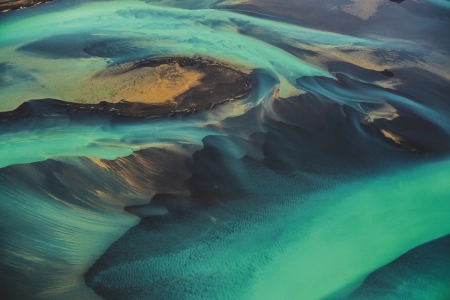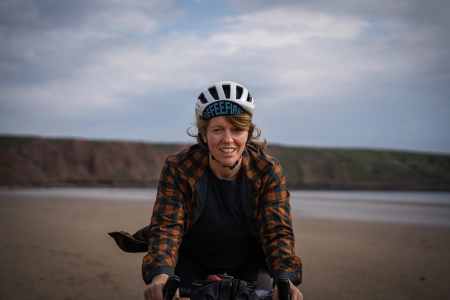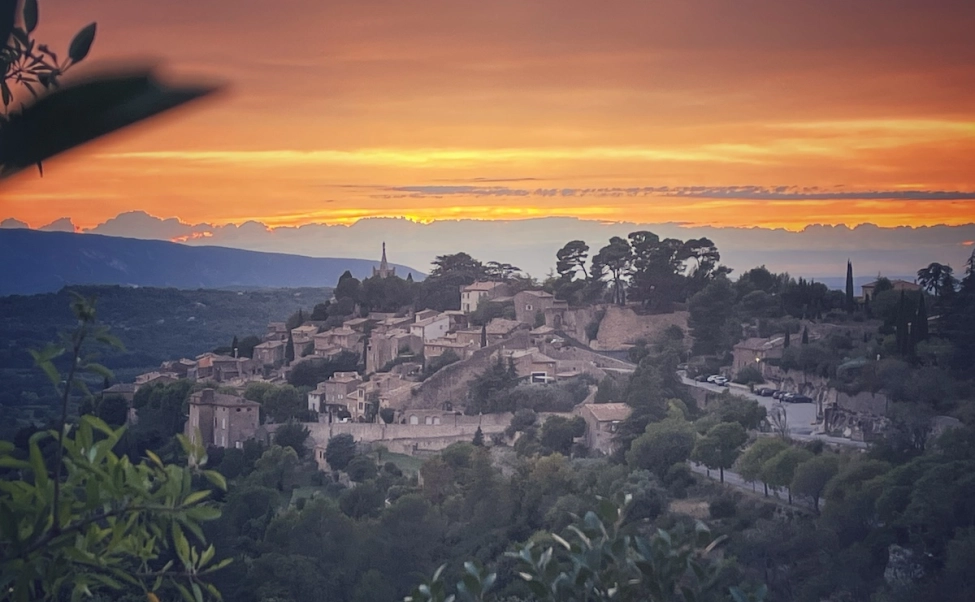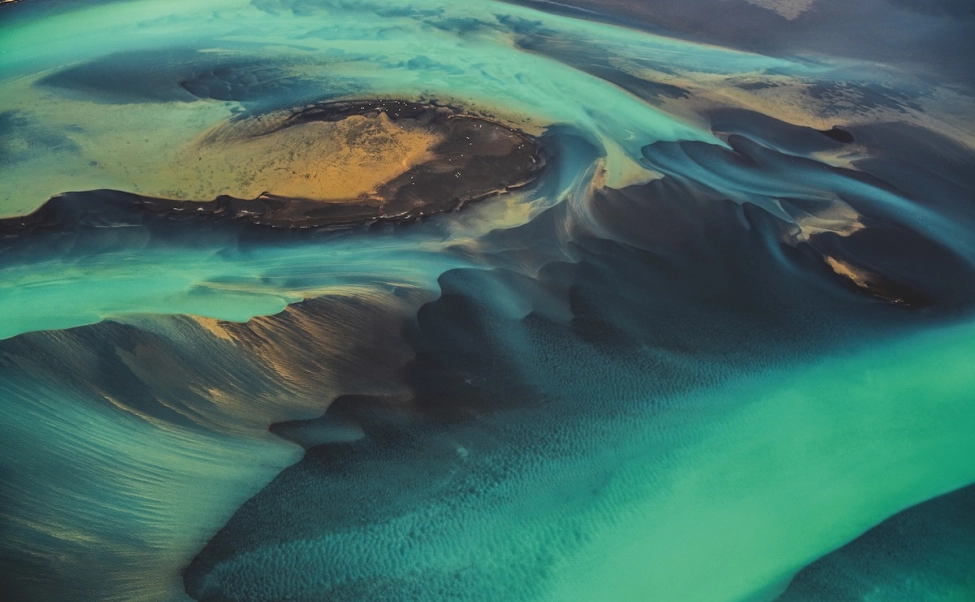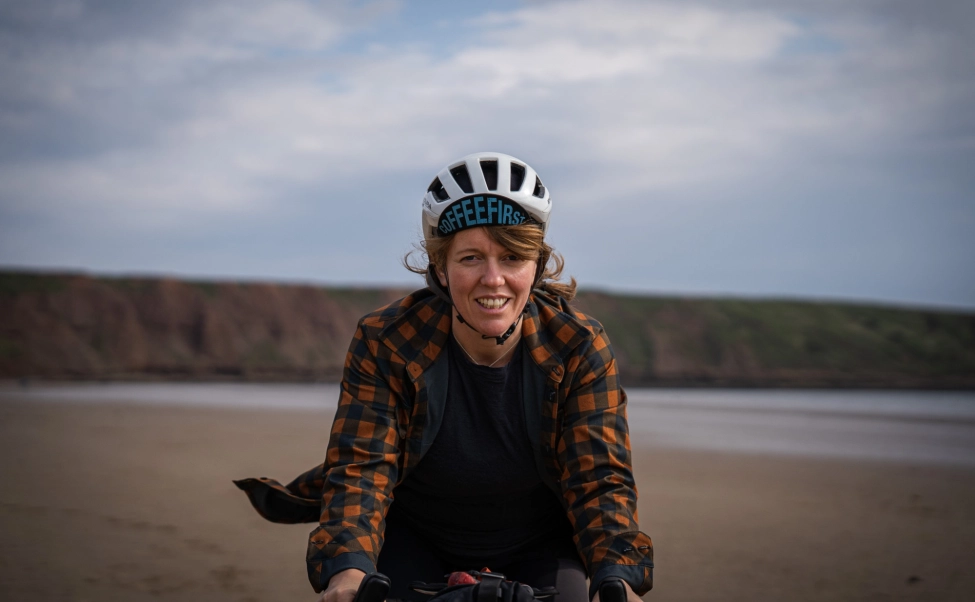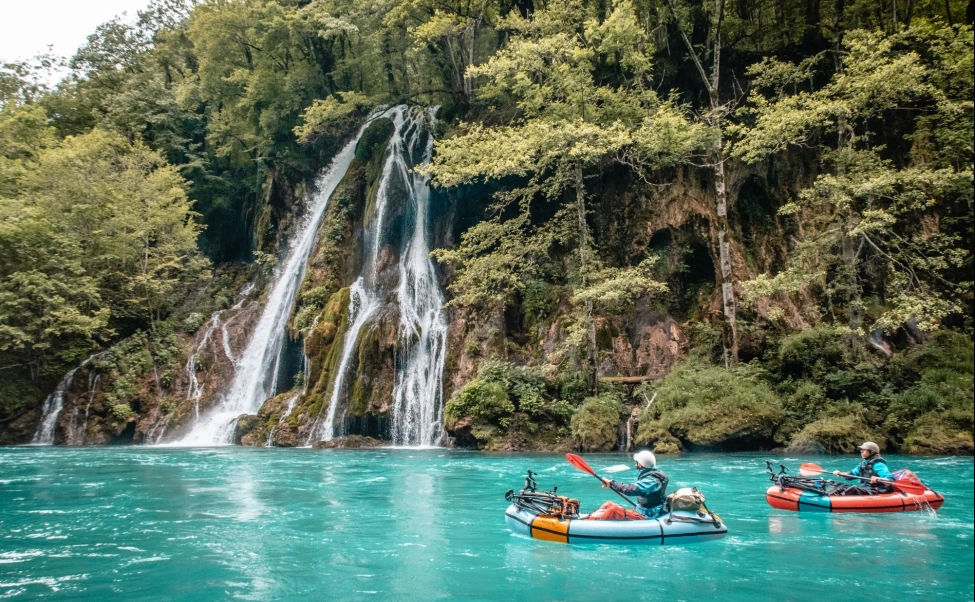- Details
- Written by: Mike Walker
Hailing from the Western Isles, my father often spoke of the beguiling beauty of the Isle of Mull, and when I discovered there was a particularly remote bothy on the Glenforsa estate there, I made a pledge to discover the place for myself.
The adventure I devised would take me from the colourful capital of Tobermory to the ferry port of Craignure, where I would leave the island again for the mainland. But my ultimate objective was between the two: an isolated bothy called Tomsleibhe, which I'd get to by riding around the northern peninsula in search of views of Ireland, through the forests of Glen Gorm and Glen Aros and up the Glenforsa estate, deep in the heart of the mountains.
There are some wonderful additional trails close to the 480km of coastline, but you are never far from the sea on this route, and as I soon discovered, the island's spellbinding beauty can be felt wherever you go on Mull. For me, this journey was about reaching one of the most remote bothies in Scotland and discovering what true wilderness means on an island where on average only three people live per square kilometre.
During the Highland clearances of the 18th and 19th centuries, the isle's population fell from 10,000 to 3,000, and the figure has barely deviated since. Less than a century ago, in fact, there were more sheep than people on the island.
As I arrive in Tobermory I remember tales of a galleon from the defeated Spanish Armada sinking in the bay, reputedly laden with gold bullion, as well as more recent - and probably more accurate - accounts of minke whales spotted off the Sound. Though scarce, golden eagles are more commonly found here than anywhere else in the UK and many visitors to Mull come to the island with the express purpose of spotting them.
What's the story, Tobermory?
Tobermory is situated on a small rounded headland at the northern tip of the Sound of Mull, but is banked by dense deciduous forest, through which I ride heading north-west, away from the gaudily daubed houses of Tobermory Bay and into a world of emerald green, muted olives and burnt umber. A firm track cut through the woods, leads me past waterfalls where sea cliffs drop away into Ardmore Bay, and close to the fairytale-esque Glengorm Castle, with princely B&B rooms in its towers, before the trail doubles back and the trees yield to barren scrub along exposed, undulating slopes, and finally the wooded banks of Loch Frisa.
Away from the coastal winds it is unnervingly silent through Salen Forest and Glen Aros, save for the crunch of my tyres along the wide, dry loch-side trails that don't even appear on my dad's decade-old map.
An hour later it is something of a shock to be confronted by traffic as the trail drops and the forest ends abruptly at the Salen road. The mainland is hidden behind a veil of fog, as I ride along the bay at Salen, passing an old coastal landing strip and wondering if I should stop in the village. But with no idea how rough the 6km Glenforsa estate trail will be and with maybe 90 minutes of daylight left, I press on.
I have all the food I need for my bothy night and the prospect of groping my way along what my OS map suggests is a wild, barren and remote glen, searching for a mountain bothy in fading twilight, is not one I relish.
Yet my dad's Landranger OS map also shows a fairly flat and straight trail that runs alongside the River Forsa, so navigation and fatigue should not be an issue. At the mouth of the Forsa I leave the road to Craignure behind - tomorrow I will head that way to catch a ferry to the mainland at Oban. Now, though, I rumble over cattle grids past what I presume is the estate manager's cottage - the last habitable dwelling I will see on my journey into the glen.
Beyond civilisation
The coastal road gives only a vague indication of the magnitude of these mountains; it is only when you travel deep into the heart of them that their size really sinks in. I feel miniscule and hugely insignificant at their feet - a mouse at the toes of giants. But it's the feeling of awe that will stay with me. Even in the low light I can't help but find this raw natural beauty remarkable. The highland cattle that littered the grass by the river around me seem blissfully unaware of it all, nonchalantly chewing the cud and unfazed by my arrival. So unmoved are they, that the members of the herd standing on the trail ahead of me refuse to budge, so I have no choice but to gingerly make my way through them, trying not to locate their eyes beneath their red shaggy manes or glance at horns that must span twice the width of my shoulders.
Mercifully they seem strangely accepting of my passage, though I can't imagine they encounter humans often.
With their disappearance behind me go the last vestiges of civilisation; and without them I begin to feel utterly alone. The trail beneath these lesser mountains starts to meander along with the river, and up ahead on the opposite bank I spot two dilapidated huts. Thinking one might be Tomsleibhe I quicken the pace, before realising as I get closer that these must once have been dwellings until the clearances robbed them of their inhabitants. Now it looks like they were used for storage by the estate.
As I pause by the footbridge that leads over to them, scanning the mountain range that grows gradually in size as I near my quarry, I spot movement in the trees. The wingspan that unfolds as a bird takes flight from the trees is huge - I could even tell from this distance - and the brown, white and gold colouring I notice as it soars majestically over the huts could surely only belong to a golden eagle. I crouch down, my breath held in excitement, as I watch this glorious creature glide low over the glade. When it returns to the trees I wait, eager for its reappearance, but this is the last I see of it, an airborne king of this wildest of places.
The pace of my final foray through the glen is more upbeat now. My feelings of isolation have been banished, replaced by one of privilege, having witnessed such humbling natural beauty. The trail rises, and it is in the shadow of Beinn Talaidh that I find Tomsleibhe, my own personal hotel for the night. I drag my bike through the fast flowing Forsa, trying to nimbly tiptoe across small stepping stones, and in the dwindling twilight open its door to survey my lodgings.
Unlike the Blair Atholl and Loch Lomond bothies, this one has a porch, hall and three bedrooms - two of which have working fireplaces. Thinking it will be easier to keep the smaller of them warm I bring bundles of firewood in from the porch, light candles protruding from old champagne bottles - it must have been a strange yet wonderful party, and don all my layers after noticing how cold I've become now that I've stopped moving.
A glowing hearth soon puts the world to rights, though, and in its light I scan the pages of the bothy book. I can see no immediate common link between those who have left their musings in this book - exchange students, forestry workers, a shop assistant from Oban - but a love of Mull's wilderness must have united them all.
I think I've found an entry from the champagne drinkers too - a father and son from Glasgow were here a fortnight before me to celebrate the dad's fiftieth birthday. It may be a little way off, but when I reach that landmark I think it will be a wonderful way to mark such an occasion, riding back with my grown sons to raise a glass of bubbly to the passing of years well lived. What better way to foster a shared love of adventure than a memorable night in a far-flung cottage set deep in this wondrous glen?
After a traditional Scottish breakfast of porridge, and having gathered wood to replace what I've used, I saddle up and set off back along the trail the next morning to the coast knowing that I will see this otherworldly place again, and maybe I'll bring my own bottle to add to Tomsleibhe's collection of eclectic candlesticks.
What is a bothy?
Originally accommodation for itinerant farm workers, bothies are no more than a wind and waterproof building with somewhere dry to sleep. Maintained by volunteers, all are unlocked and free for anyone to use. Some have sleeping platforms but you may have to sleep on a wooden or concrete floor. Most have a fireplace or stove but you will have to bring fuel in. Water comes from a nearby stream or spring, and there won't be a toilet - only a spade for digging your own away from the bothy and water sources. You'll have to bring your own stove for cooking and candles for light - don't forget matches and a firestick just in case they get wet! The Mountain Bothies Association maintains over a hundred bothies around Britain. You don't need to be a member to stay in a bothy but it is run purely by volunteers and relies exclusively on donations and subscriptions to do its work. Mountainbothies.org.uk

